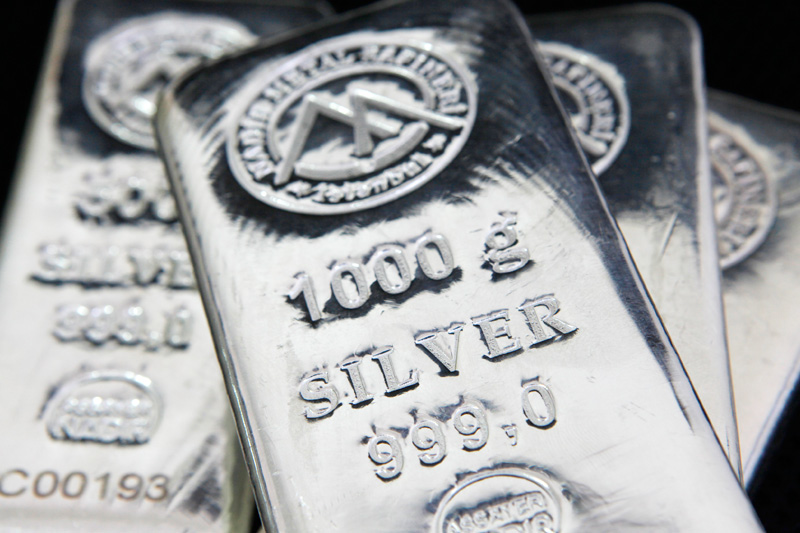Current State of the Commodity Market: What's Happening with Oil, Gold, and Silver?
Energy and precious metals are among the key focuses closely monitored by investors and economists in global markets. OPEC+'s production cut decisions influence the trajectory of oil prices, while gold and silver markets are shaped by strategic moves from investors. Predictions suggest that crude oil prices could decline significantly in 2025, while changes in gold and silver demand may affect the future positioning of these precious metals.
The decision by OPEC to cut production could impact oil prices. If OPEC+ relaxes its voluntary production cuts, it is anticipated that oil prices may drop to as low as $40 per barrel in 2025. Analysts emphasize that if OPEC does not adhere closely to its production policies, this could have significant ramifications in the market. Tom Kloza mentioned that concerns similar to those seen with past low prices are prevailing and could potentially lead to major volatility in the market.
Henning Gloystein from Eurasia Group forecasts that the daily increase in oil demand might remain limited in 2025, and the removal of production cuts would lead to a substantial decline in prices. On the other hand, Saul Kavonic from MST Marquee pointed out that OPEC+'s actions without considering market demand could trigger a serious price war. However, the overall consensus leans toward a gradual easing approach being more likely from OPEC+.
Brent futures faced resistance at $75 last week before declining to $71 this week. WTI followed a similar trend, decreasing from $72 to $68.
"The pullback in gold prices could be short-term." Following Donald Trump's re-election, gold prices entered a stagnant phase. With rising interest in stocks and cryptocurrencies, gold once again tested its support level at $2,600. Analysts from the World Gold Council express that this pullback is temporary and the market faces various other challenges.
The decline in gold prices, which peaked in early November, is attributed to the strengthening of the U.S. dollar and a loosening of hedge transactions following the elections. According to the World Gold Council's Gold Return Attribution Model, movements in the gold market are believed to be influenced by these factors. A rebound in gold prices is expected in the short term.
As gold entered a downward trend in November, it dropped to $2,589 yesterday, starting the new day with slight rebound buying. This morning, gold is moving around the $2,604 range with a partial increase of 0.25%.
Silver demand is preparing for new records. According to the latest report published by the Silver Institute, global silver demand is set to rise significantly in 2024. The report highlights that record levels of industrial demand, as well as a recovery in jewelry and silverware demand, will contribute to this increase. Global silver demand is expected to grow by 1% to reach 1.21 billion ounces.
Expectations for a Fed interest rate cut and the weakening dollar enhance silver's investment appeal. This situation could draw renewed interest in silver exchange-traded products. The silver market is expected to close this year with the highest demand figures, indicating that the physical shortages seen in recent years will continue.
Silver, which began a sell-off from around $34.8 in the last week of October, lost 13% in value, nearing the $30 mark yesterday. Starting today with a partial increase, silver is trading at $30.8, reflecting a 2% rise from yesterday's low.


